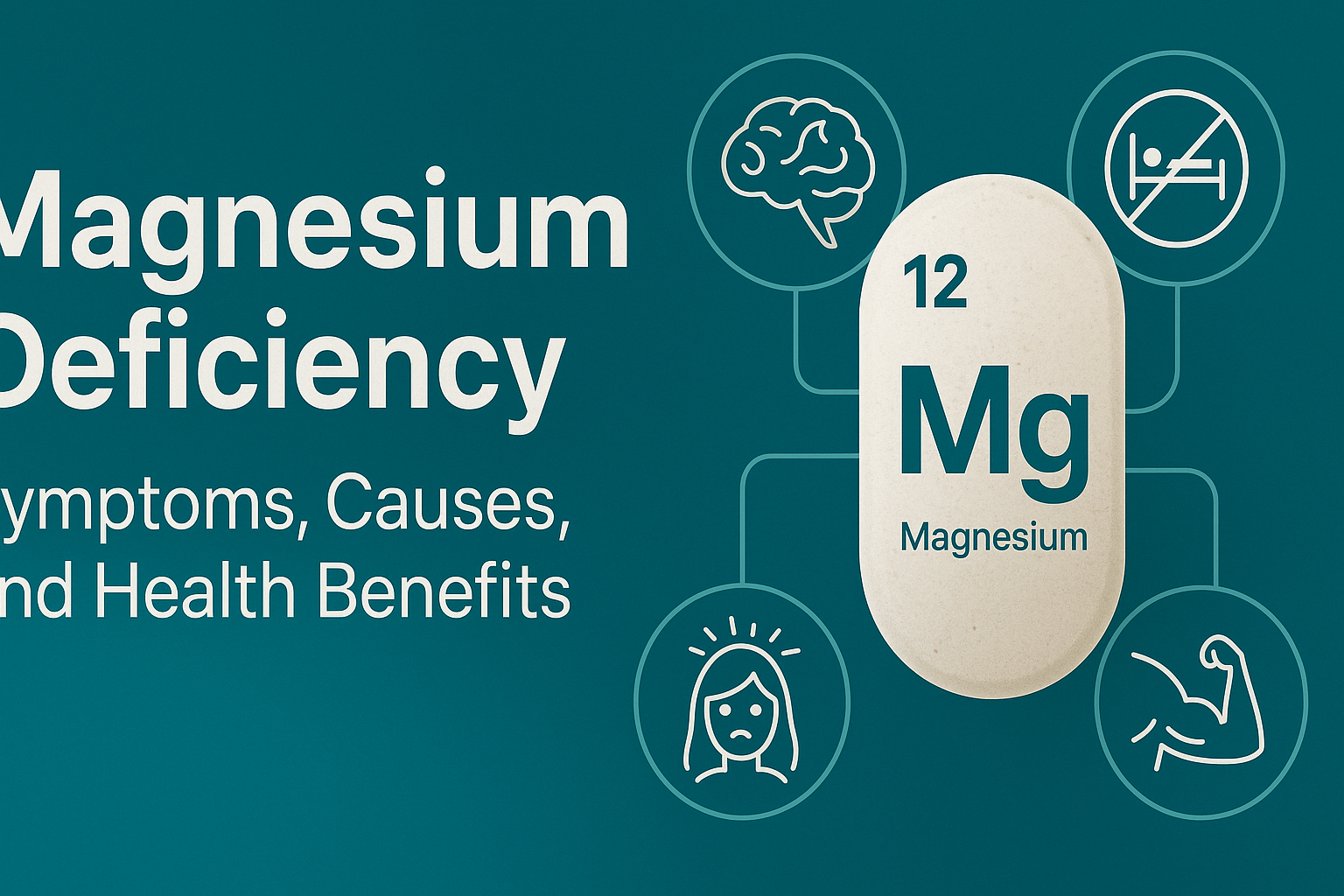Statins are a class of drugs known as HMG‑CoA reductase inhibitors. They are widely prescribed to lower low-density lipoprotein (LDL) cholesterol levels and prevent cardiovascular events like heart attack and stroke. :contentReference[oaicite:1]{index=1}
Statins are used for both primary and secondary prevention of cardiovascular disease. They reduce LDL cholesterol and stabilize plaque in blood vessels, lowering the risk of myocardial infarction and stroke. :contentReference[oaicite:2]{index=2}
Atorvastatin (Lipitor), the most prescribed statin globally, has over 100 million prescriptions annually. :contentReference[oaicite:3]{index=3}
Recent meta‑analyses suggest that most perceived side effects are no more frequent than placebo. Studies show <10% muscle complaints due to statins. :contentReference[oaicite:8]{index=8}
Statins inhibit HMG‑CoA reductase, a key enzyme in the cholesterol synthesis pathway in the liver. This decreases internal cholesterol production and upregulates LDL receptors, increasing clearance from the bloodstream. :contentReference[oaicite:9]{index=9}
1. Statins: Harvard Health overview. :contentReference[oaicite:15]{index=15}
2. Clinical data on atorvastatin usage and safety. :contentReference[oaicite:16]{index=16}
3. Meta-analyses on statin side effects and benefits. :contentReference[oaicite:17]{index=17}
The urethra is a muscular canal that extends from the neck of the bladder to the exterior of body. Read more about the anatomy of urethra in this article.

Chronic kidney disease (CKD) is a disease in which irreversible damage to the kidneys leads to a reduction in kidney function. CKD has 5 stages and many complications.

Comprehensive guide on Ozempic (semaglutide), including its uses, dosage, side effects, warnings, and interactions.
.png)
Learn the signs, causes, and benefits of magnesium to improve your health, sleep, and mood naturally.

Choose what we can use. Strictly necessary and security cookies are always on.